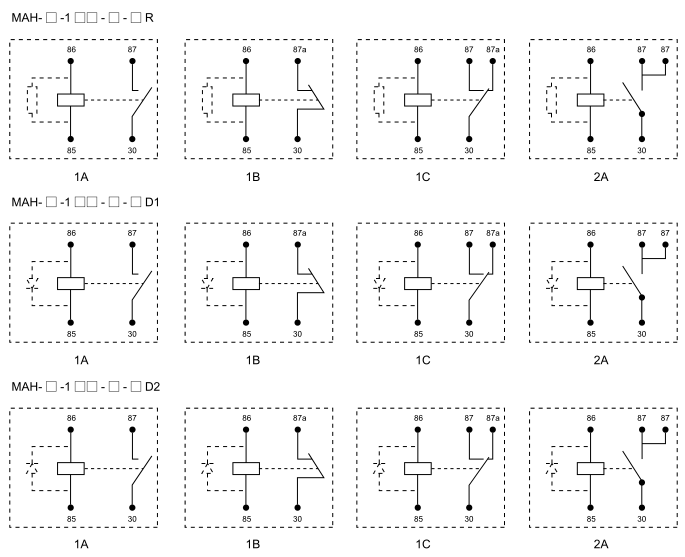Understanding Relay Circuits: Key Concepts and Applications

Relay circuits are fundamental components in the field of electrical engineering and automation. A relay is an electrically operated switch that allows a low-power signal to control a high-power load. It serves as an intermediary device between different parts of an electrical system, enabling complex control mechanisms. This article will explore the key concepts behind relay circuits, their working principles, types of relays, and practical applications in various industries. What is a Relay Circuit? A relay circuit consists of several key elements: the relay coil, contacts (commonly Normally Open and Normally Closed), and the load. The relay coil is energized by a low-power input signal, which generates a magnetic field that activates the relay’s switching mechanism. This activation changes the position of the relay contacts, either closing or opening them, depending on the type of relay and its configuration.